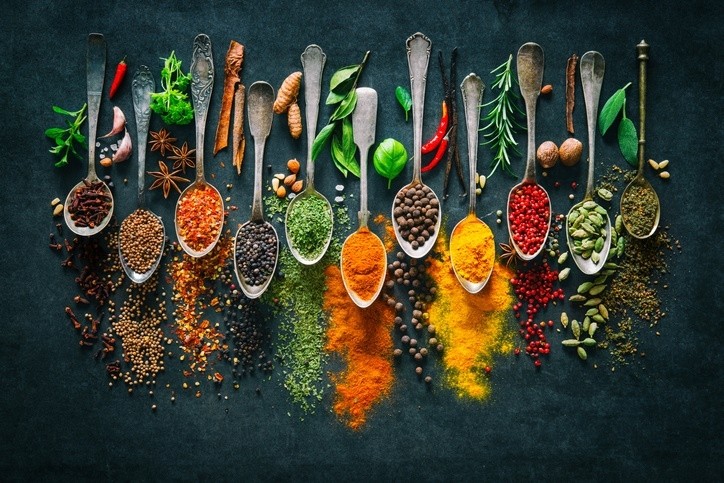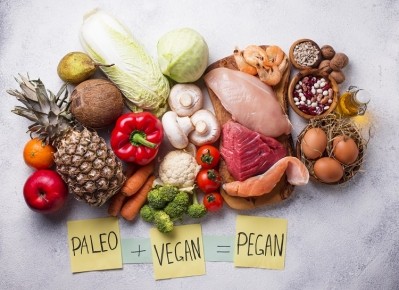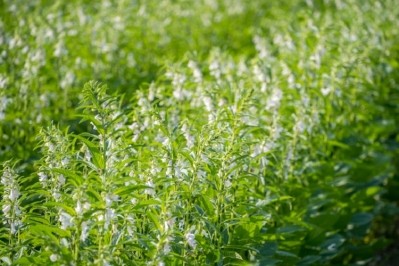Seeds provide fertile ground for new flavors, textures & colors in 2019, McCormick predicts

Seeds “are a lot more present and you are going to start to see them in a lot of foods,” Ellen Bennett, the CEO of the culinary brand Hedley & Bennett, says in a video announcing McCormick’s 2019 Flavor Forecast.
She explains their rising popularity is based in part on their ability to add another layer of depth and flavor to dishes, but also because they bring texture and can be used in a laundry list of ways, including in oil, straight or toasted.
Lotus seeds are starting to pop
“One of the seeds we are starting to see a lot of is the lotus seed,” which has an “amazing” nutritional profile and is “starting to be called a superfood – so a double whammy of awesome,” she said.
Lotus seeds and their closely related cousin Water Lily seeds began first popping – literally – in the US market a few years ago as a more nutritional counterpart to popcorn. For example, Taali Foods launched Water Lily Pops last April and touted it for having 67% less fat, 20% fewer calories and more protein than the same serving size of a leading ready-to-eat popcorn.
At the Winter Fancy Food Show in San Francisco earlier this month, Nouveau Foods showcased Lotus Pops and highlighted the snack as a “paleo popcorn” that is great for guilt-free snacking. Other brands in the space include Rooted, Nuto, Rani and Swad.
The light floral undertones of lotus seeds mean they can be used in either savory or sweet recipes, and their texture makes them a great replacement for garbanzo beans, McCormick adds.
Basil seeds could give chia seeds a run for their money
Another seed to watch is the basil seed, which McCormick predicts will pick up where chia seeds leave off.
“Basil seeds have the same texture [as chia seeds], they have amazing protein, fiber and like chia seeds are awesome at absorbing liquids,” which makes them easy to add to juices, use as the base for gelatinous desserts and puddings and mix into dips, Bennett notes.
An early promoter of basil seeds is ZenBasil, which includes the seeds in a hydrating “body, mind and sport” beverage. But McCormick points out the seeds can also add a “unique pop” to salad dressings, yogurt and pasta dishes.
Sesame seeds add visual appeal
A more familiar seed on McCormick’s list to watch is sesame seed, which it describes as a “versatile wonder.” It also calls out the contrasting colors of white and black sesame seeds, noting they make “a picture-perfect recipe.”
While sesame seeds have a lot going for them, they also can be highly allergenic and the US is considering a petition to have them called out as an allergen in product labeling.
Just because sesame can trigger allergies, doesn’t mean other seeds do, and as such are being embraced by some CPG companies like Blake’s Seedbased as the foundation for nut-free, allergy-friendly snacks.

















